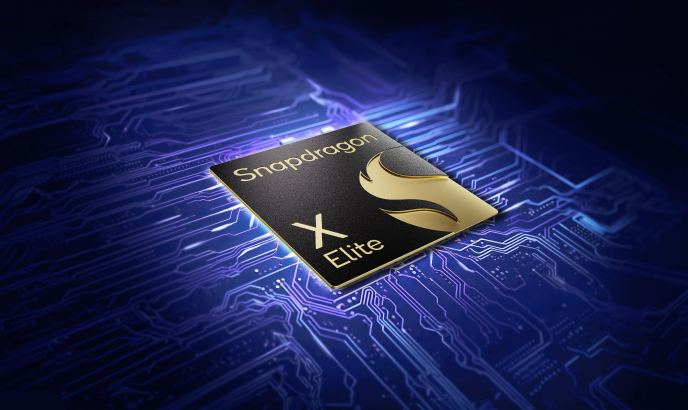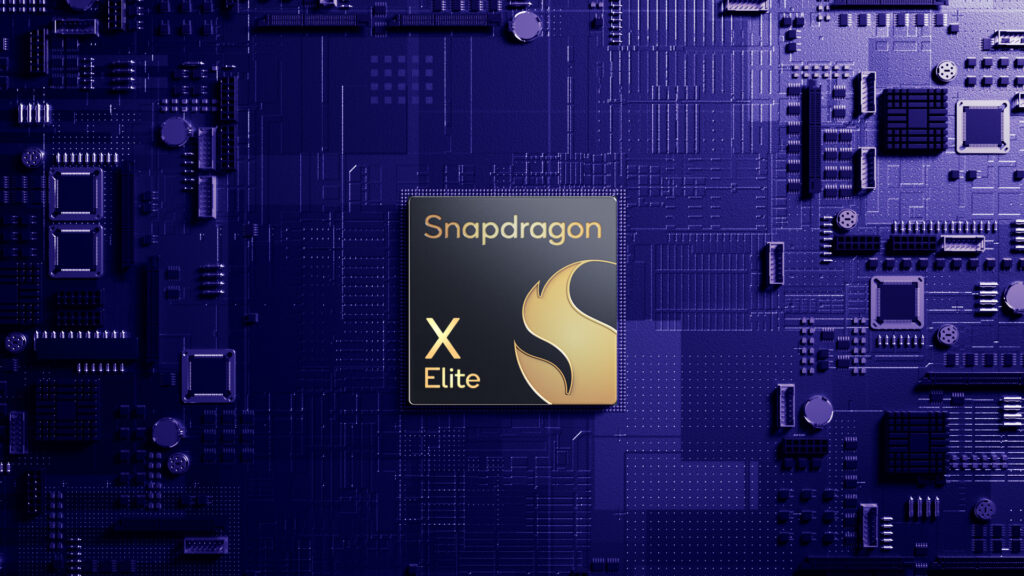Qualcomm is set for a big week promoting its Snapdragon X Elite processor for AI PCs with rumored announcements of design wins with leading brands such as Asus.
The biggest selling point that Qualcomm is pushing with the Snapdragon X Elite is its on-device AI capabilities powered by its 45 TOPS NPU. This enables the processor to run generative AI models directly on PCs, outperforming Intel’s latest Core Ultra processors which deliver around 34 TOPS with a 10 TOPS NPU.
Qualcomm argues in this blog that as generative AI grows in popularity, latency issues with cloud-based models and services will arise due to increased demand on data center compute resources. By delivering 3.5 times more performance than the next-best NPU available today, the Snapdragon X Elite NPU, the company adds, effectively brings the data center to your device and enables it to handle AI-powered tasks while freeing up the CPU and GPU for other functions. As a result, you will be able to leverage AI video enhancements in applications like Microsoft Teams while multitasking without slowing down the system or draining the battery.
One key benefit of on-device AI is that it enables the system to handle tasks locally where latency is critical, while accessing the cloud for more complex models that require substantial computational resources. This so-called hybrid AI approach is particularly important in enterprise deployments because it will enable companies to reduce costs by offloading work from their cloud to individual devices.
Enhanced privacy and security is another important advantage of on-device AI. When data is processed locally on your AI PC, it remains on your device, reducing the risk of exposure to external threats.
It’s early days yet, but Qualcomm certainly does appear to have a shot at becoming a major player in the AI PC processor market with the Snapdragon X Elite. Let’s see how Intel and AMD respond to its threat at Computex.
Long time technology industry fan here in Taiwan.



